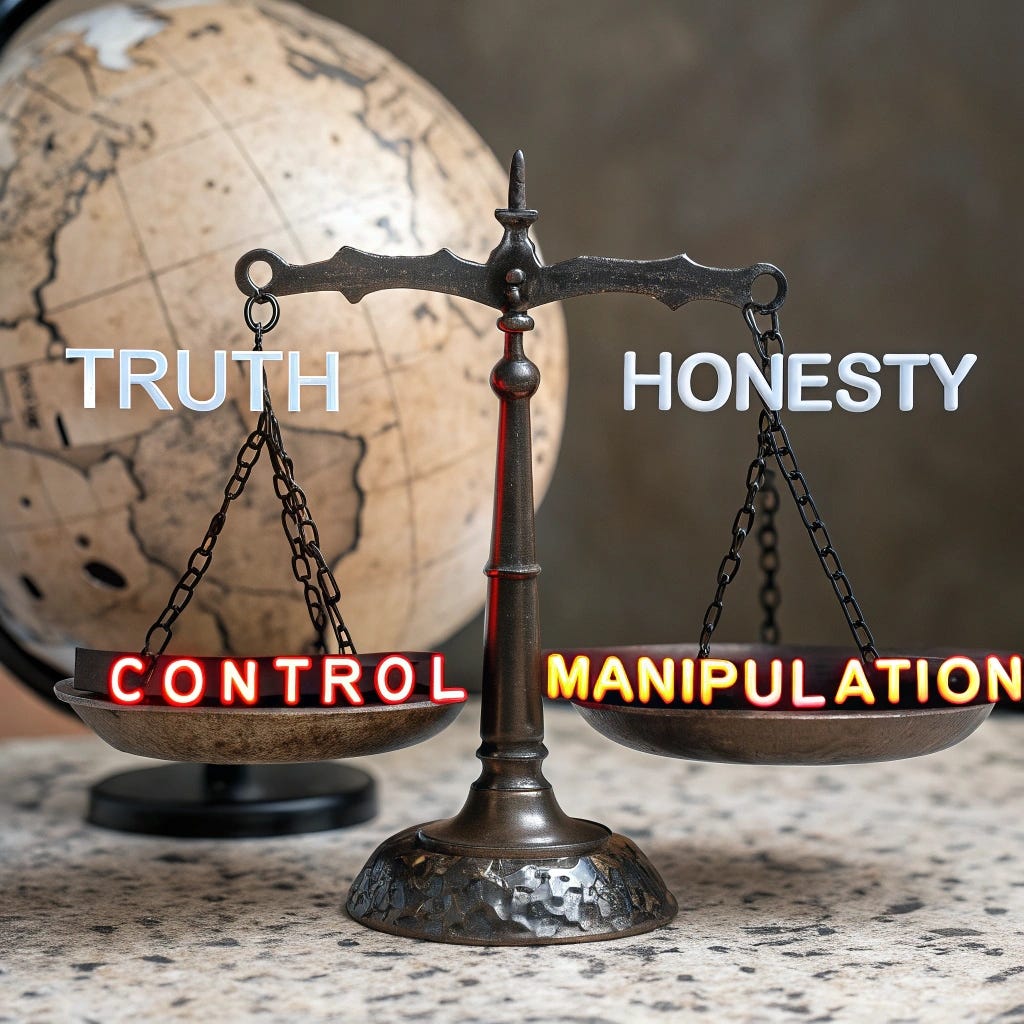If this article resonates, please watch the music video at the top, subscribe on YouTube, and drop a comment or emoji. Every interaction helps Survivor Music reach more people, and helps to call out and confront Pathological Abuse.
While many people are familiar with terms like gaslighting or manipulation, few recognize the deeply insidious tactic of weaponized semantics. To most, “semantics” brings to mind harmless nitpicking, minor disagreements over definitions, or even academic word games.
But in the hands of pathological abusers such as narcissists, sociopaths, and psychopaths, semantics is not harmless at all. It is a calculated strategy. They deliberately twist meaning, tone, and context to distort reality, destabilize confidence, and evade accountability.
Within pathological abuse, words are never neutral or accidental. They are sharpened into weapons designed to confuse, control, and silence. Semantics, the manipulation of meaning, tone, and interpretation, becomes a systematic method for domination.
Through language, pathological abusers build an entire structure of control that can trap victims in cycles of doubt, fear, and obligation long before they realize what is happening.
Weaponized Semantics: How Pathological Abusers Twist Language
Semantics is the study of meaning in language, how words are used, understood, and interpreted. In the hands of pathological abusers, semantics transforms into a strategy for manipulation. They twist words, distort meanings, and use tone to create confusion, undermine confidence, and destabilize reality.
This isn’t miscommunication. It is strategy.
This tactic often begins subtly, with small shifts in meaning or tone, and escalates as victims are groomed to comply. Over time, pathological abusers construct a psychological maze of doubt, fear, obligation, and guilt (FOG), leaving victims trapped in cycles of uncertainty and self-doubt.
Unlike overt forms of abuse, semantic manipulation often flies under the radar, appearing harmless or even loving. Yet its effects are devastating. By redefining words, using ambiguity, and distorting meanings, pathological abusers maintain control and evade accountability.
How Pathological Abusers Twist Words into Weapons
Redefining Words
Pathological abusers often redefine common words to suit their narrative. “Love” may come to mean control, and “trust” may translate to blind obedience. By altering definitions, they distort the victim’s understanding of their own emotions and relationships.
Ambiguity and Vagueness
Pathological abusers thrive on ambiguity, using vague phrases such as “You misunderstood” or “That’s not what I meant.” These statements leave victims questioning their own perceptions and memory.
Word Sense Disambiguation
Pathological abusers exploit words with multiple meanings. They may say something seemingly innocent but with a hidden, harmful implication.
Tone as a Weapon
How something is said by a Pathological abuser, can be as manipulative as the words themselves. A calm tone while delivering cutting remarks can leave victims doubting their reaction.
Logical Fallacies and Misattribution
False logic is a common tool: “If you loved me, you would agree with me.” Pathological abusers also use tactics such as double entendre (words with dual meanings), palindromic speech (contradictory statements that confuse), and contextual drift (subtly altering context to distort meaning). They may misattribute motivations to the victim to deflect blame or justify harm.
These are not slips of the tongue. They are deliberate distortions.
When Words Become Control in Relationships
In intimate relationships, semantics is twisted to create confusion and maintain control:
“Love” = Control: Affection used to monitor and dominate.
“Support” = Submission: Loyalty framed as obedience.
“Honesty” = Cruelty: Brutality disguised as candor.
“Forgiveness” = Forgetting: Pressure to overlook harm in order to “move forward.”
“Respect” = Fear: Demands for compliance masked as respect.
“Communication” = Control: Dialogue distorted into surveillance and manipulation.
When Leaders and Systems Twist Language
Semantic manipulation also drives propaganda, policy, and misdirection.
When politicians say “Pro-Life,” what they mean is forced birth.
When they warn about the “Deep State,” what they mean is anyone who resists them.
When they praise “conservatives,” they are masking radical ideologies as tradition.
When they talk about “expanding territory,” they are justifying invasion.
When they issue “executive orders,” they are normalizing authoritarian decrees.
This is semantics used not to debate but to dominate. The same tactic pathological abusers use at home.
Pathological abusers do not argue to persuade. They argue to dominate.
Why Victims Doubt Themselves
Semantic manipulation undermines victims’ ability to trust their own judgment. Over time, it causes:
Cognitive Dissonance: Struggling to reconcile words with actions.
Emotional Exhaustion: Endless effort to decode intent.
Isolation: Feeling alienated because others cannot see or understand the tactic.
Creator of Survivor Music | Cindy Ann Pedersen
Pathological Abuse Specialist | Advocate | Award-Winning Songwriter
BlueSky: Social Media
YouTube Channel: Music Videos, SongPods & Podcast
We Resist Radio Collective: Featured Artist & Podcast
cindyannpedersen.com Website
Streaming: Available on most platforms
🎶 Until now, there’s only been protest music and breakup music.
Now it’s time for: Survivor Music. 🎶




